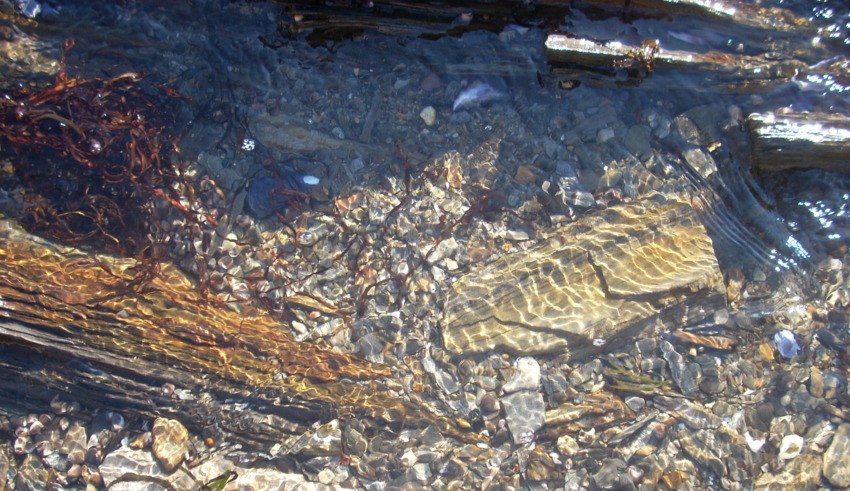
George: [pause] I feel sad for him.
Steve: Yeah?
George: I feel sad for him. And at the same time when I’ve seen this hurt part before I also have another really beautiful memory or a thought that is very soothing for this hurt part, and not necessarily that I’m trying to rescue him. [pause] There’s something my mother used to say and still says about me, that she always saw me as a very sweet caring boy, and that was just in my nature. [pause] When I offered that to this hurt part, when I’ve worked with him in the past, it felt like such a relief to him that like, “Oh, I don’t need to be good at the sports? I don’t need to do this. I don’t need to be good at this. You’re saying I can just be a sweet caring boy? That’s okay? That in itself is enough?” And just offering him that again, he gets off the bench and he goes to chat with some of the other kids.
Comment: Here you can see an experiential mismatch beginning to arise. The hurt part felt he was not valuable, yet he is also a sweet caring boy, which expresses his value, his preciousness. I want to bring this from an idea into a felt experience in order to create the mismatch experientially.
Steve: That’s beautiful. But I want to back you up a step and actually invite you to be that care towards him.
George: If I can offer him that sweet caringness?
Steve: Yeah, for you as Presence, to be an embodiment of this sweet care. [pause] Can you feel that this sadness that you feel as you come into contact with his pain, his hurt, comes because you really care. [pause] Can you feel that?
George: Yeah. I have this image of this care being like a pink blanket. It kind of just envelops him.
Steve: Yeah. Right. [long pause] So let’s try to get into a conversation with him. To start with, what if you ask, “How are you feeling right now?” And just listen.
George: [long pause] So he feels alone.
Steve: He feels alone.
George: And as I say that there’s another heartbeat that picks up … that aloneness is definitely a fear.
Steve: Yeah. So what if you ask him, “How does it feel to be here with me right now?” Because in this moment he’s actually not alone. You’re here. What’s that like for him?
Comment: The part feels alone. This is very common for hurt parts who are mostly kept out of conscious awareness by the actions of protector parts. However, this part is not actually alone right now. George is here with him and I’m also here. I am attempting to evoke a mismatch and have the part actually notice that he is not really alone. This offers a good example of how vitally important it is to create the mismatch experientially instead of just rationally.
Download Article













